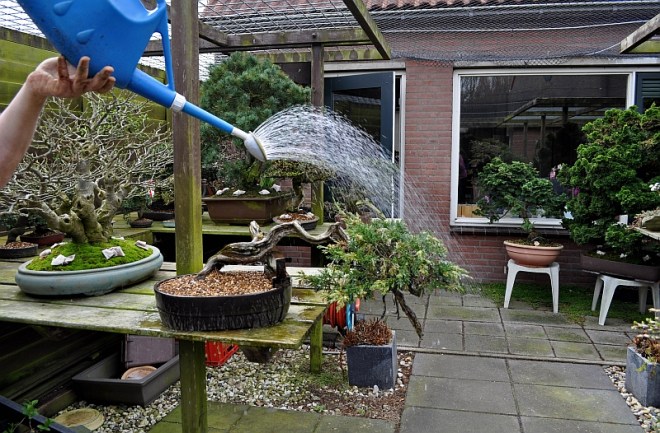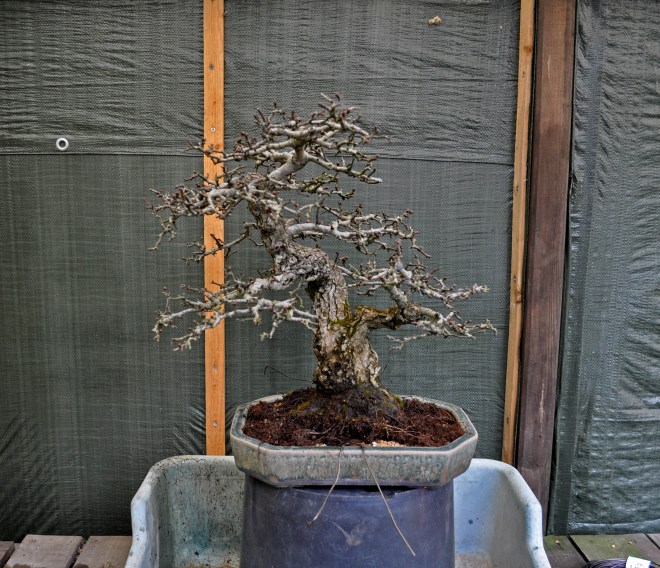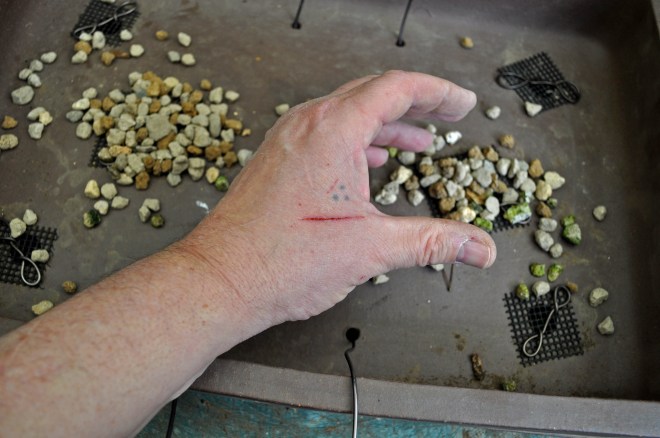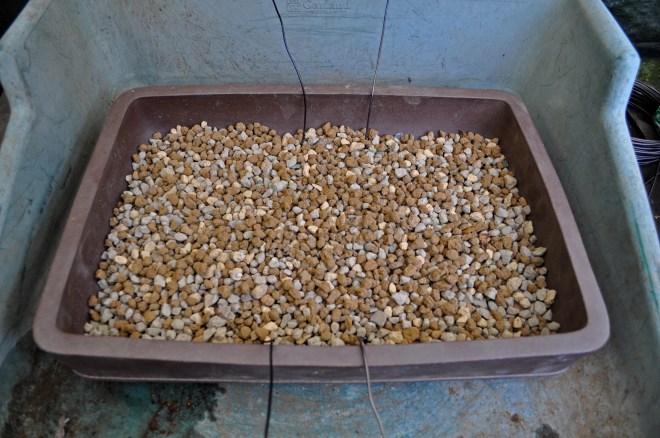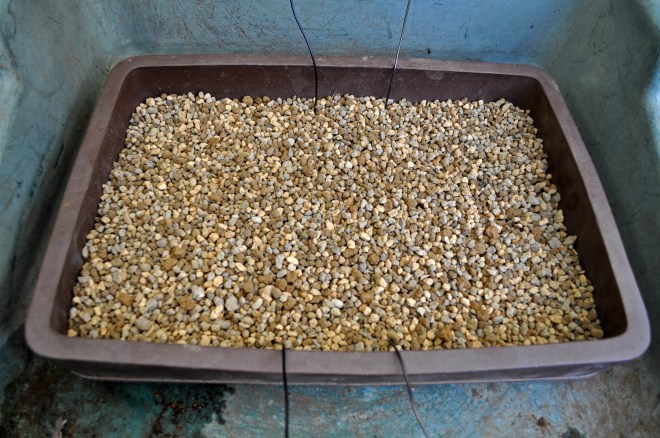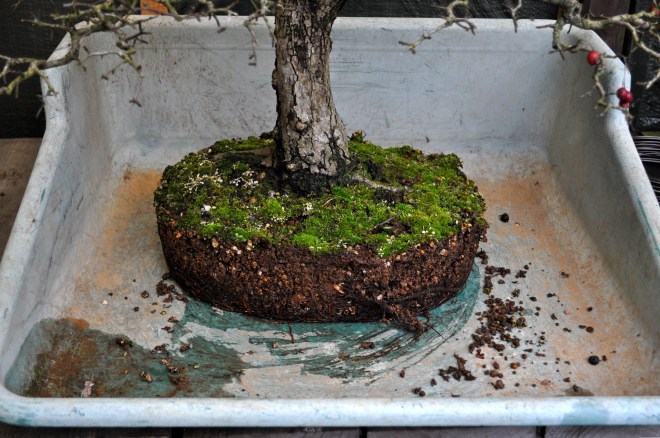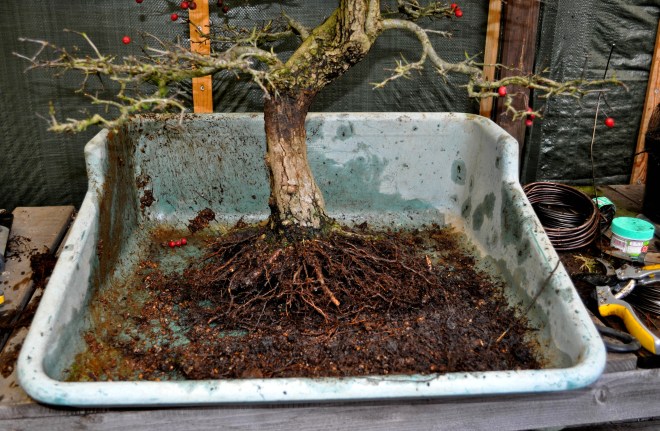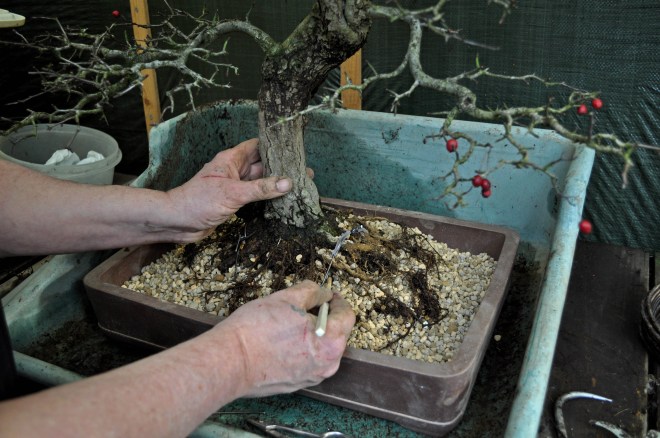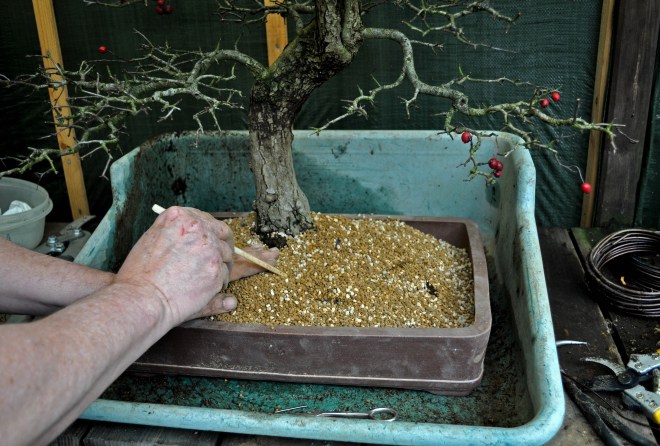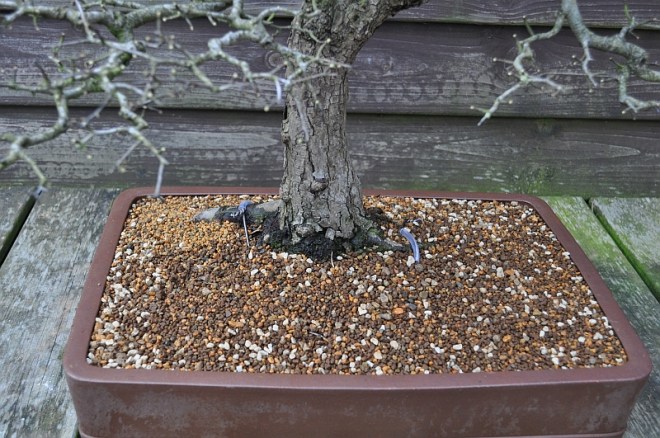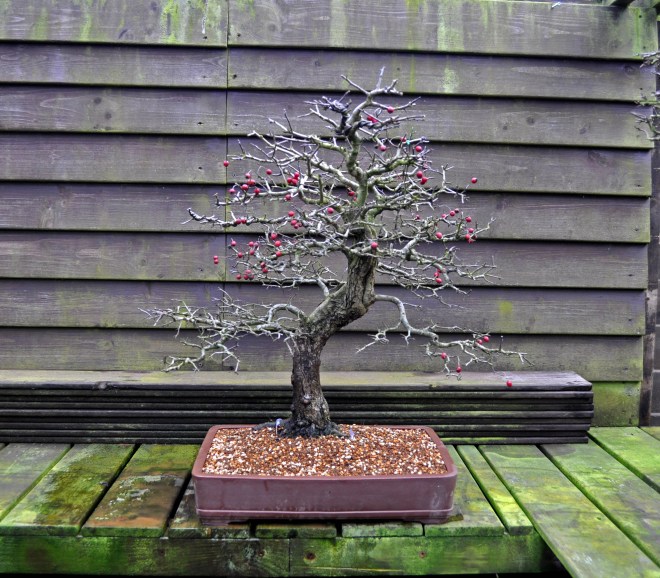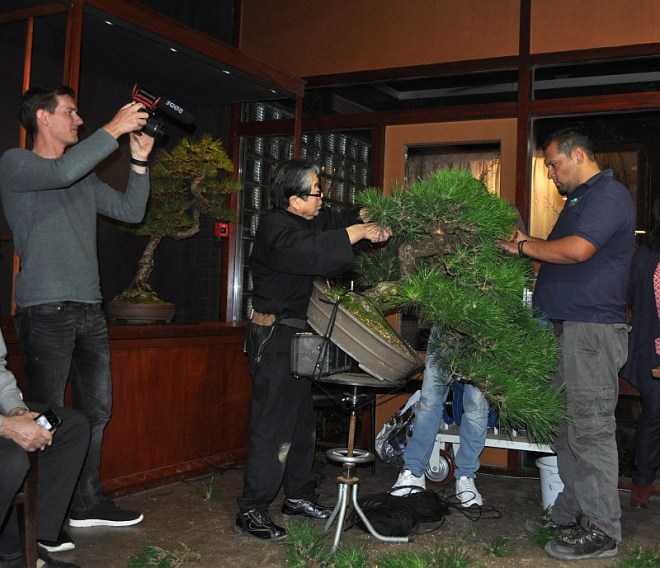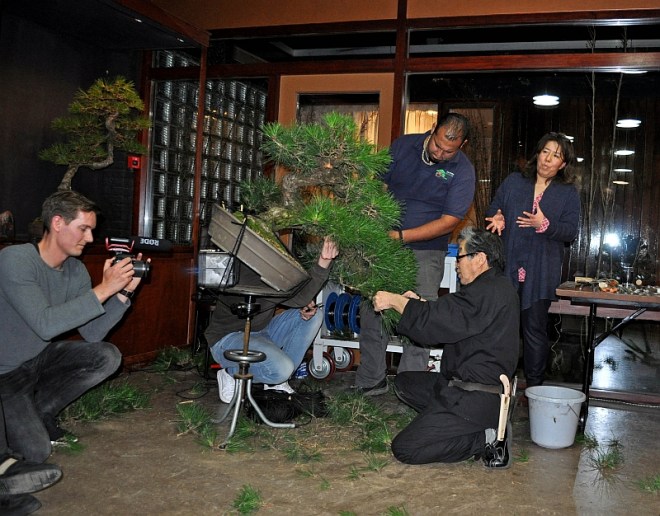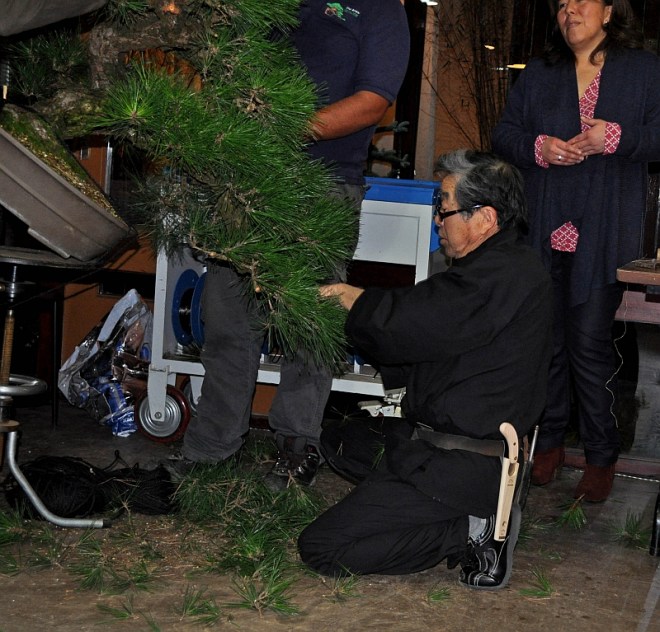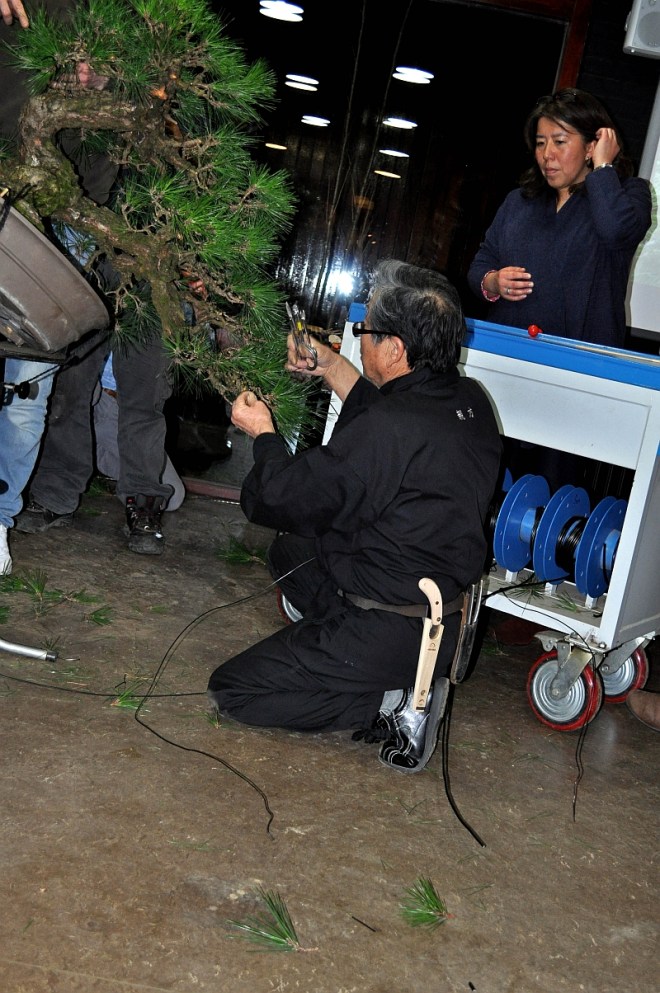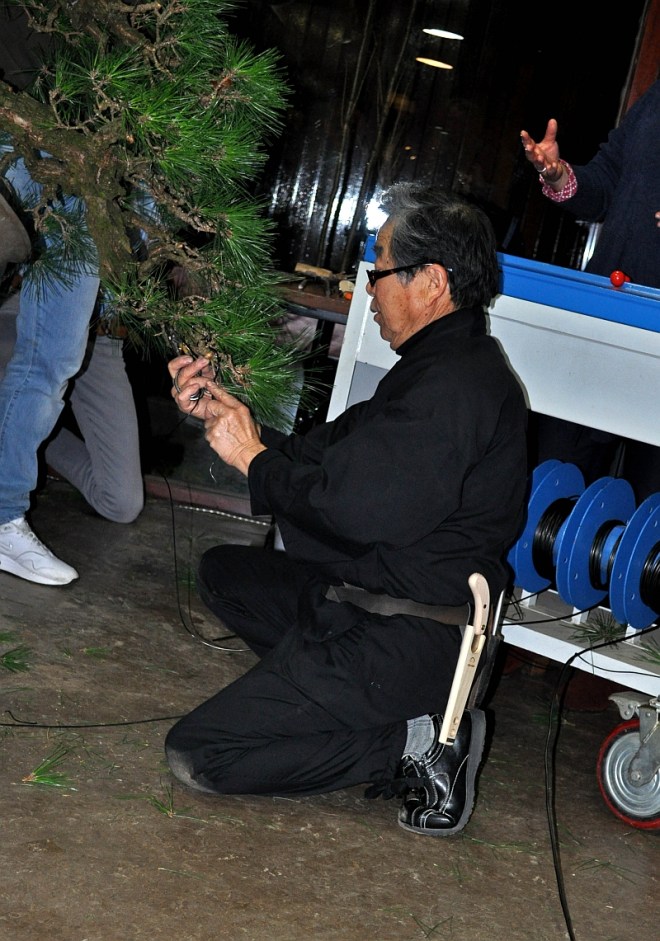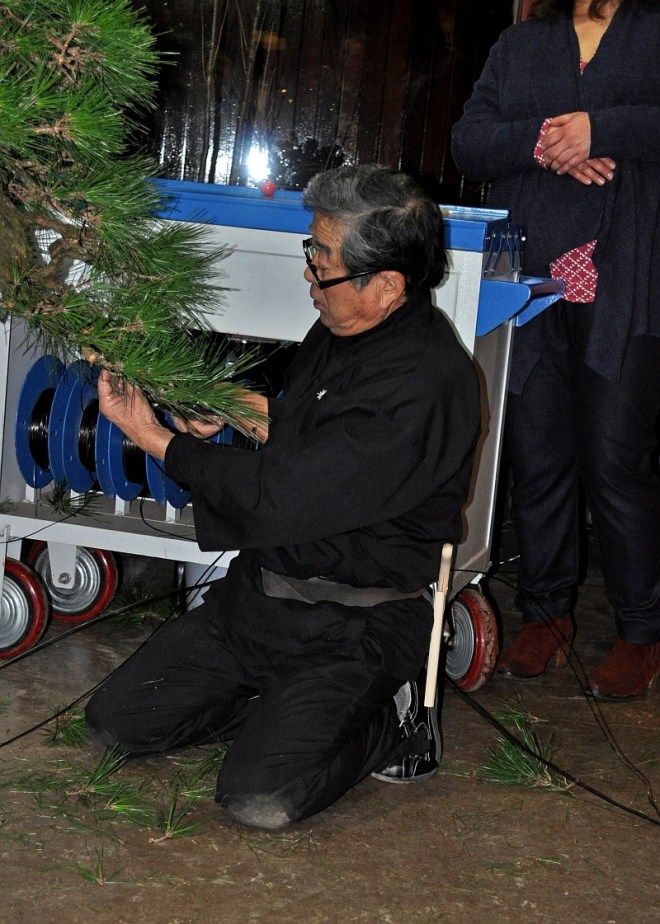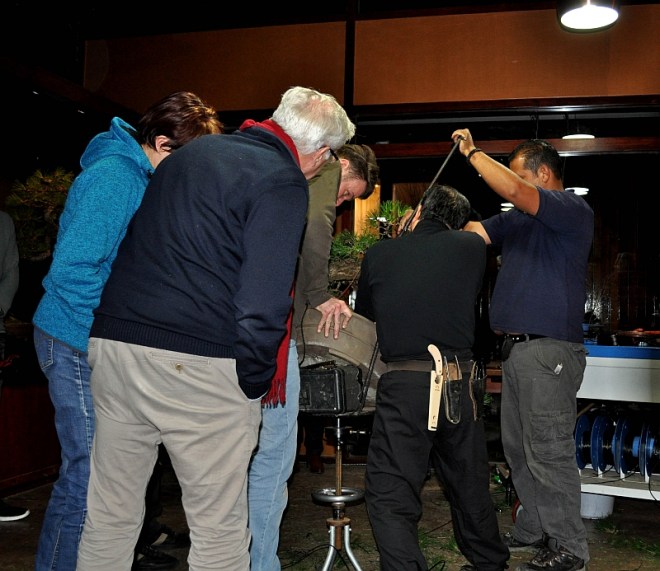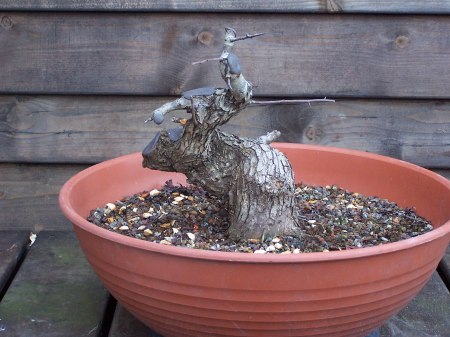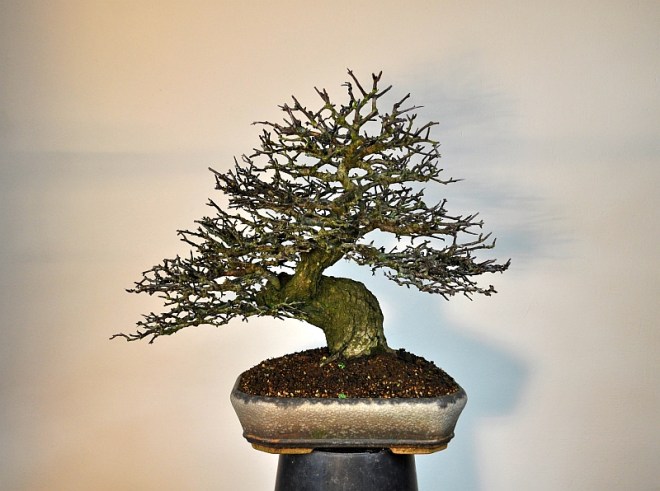Hi everybody,
here are some pictures I made a few weeks ago when I repotted my old Chinese Ulmus parvifolia that I have been training and styling for some 27 years now. Most of that time was spent on first building a solid and old-looking basic branch structure and that meant letting grow a lot to thicken and then cut. That took at least a full decade to accomplish and then it was more work combined with creating the secondary branch and later even tertiary branch structure! Letting grow and cutting back and sometimes cutting back hard or complete or partly defoliation everything was done during all those years to create a natural and old-looking branch structure that was best seen during the dormancy winter time! And of course, during all those years I worked on the roots and base of the tree! It started with not many roots at all and what was there was too fat or tiny and grew from the back side of the tree! So after a few years of growing as soon as there were new but tinny roots showing I started to wire them carefully into the desired position and from there kept on guiding and coaching them for all those years until I was left with great old-looking roots and a firm root base! Years of cutting back every root that grew downwards made it possible to stay in the same shallow pot that it grew in for the better part of its Bonsai life in my garden and that is great because I really think that this pot suits this Bonsai in colour, shape and size! This species is really a bit looked down upon because they are still associated with indoor and Mall Bonsai (mallsai) and that is a shame in my opinion because they can be shaped relatively easily into very believable Bonsai! They have amazing flaky bark and grow stunning root bases and branch structures! They are winter and summer hardy up to a point and tolerate hard pruning or defoliation without any problem. They are not easily receptive to insects or fungi and grow in almost anything! This little Bonsai was some 10 years ago even proudly shown in the prestigious “Noelanders Trophy”…so it can be done! So my advice: if you can find a nice promising one..give it a try! And I promise you that you will be surprised just how suited they are to live as a Bonsai and just how pretty they can become over time!!!
Below: close-up of the Ulmus back side Nebari.
 Below: Backside.
Below: Backside.
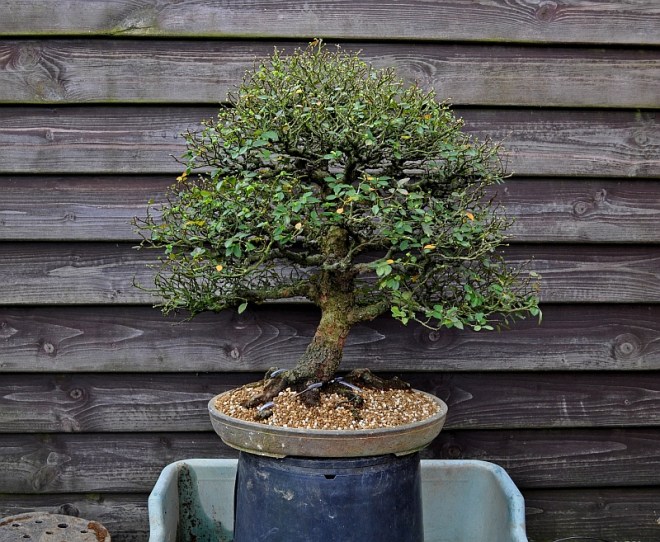
Below: close-up of the front side Nebari.

Hope you enjoyed this little Ulmus story?!
Cheers,
Hans van Meer.
Info: karamottobonsai@hotmail.com
——————————————————————————————————



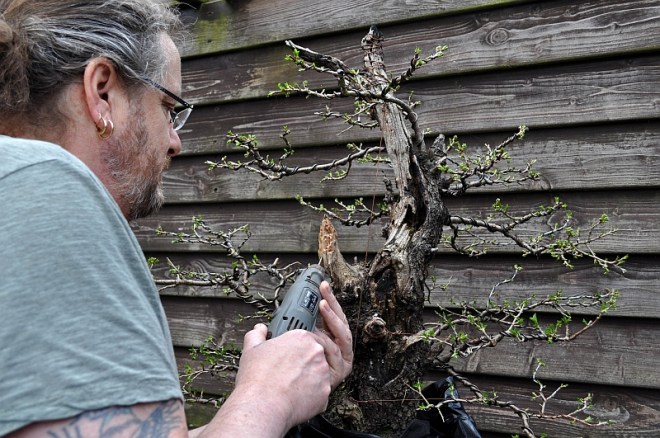
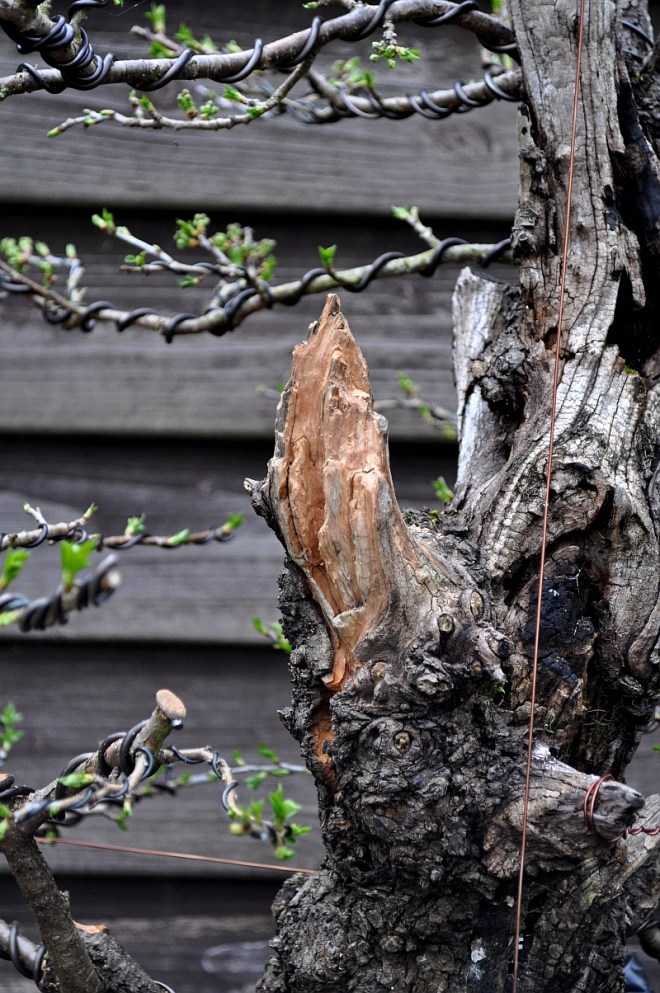



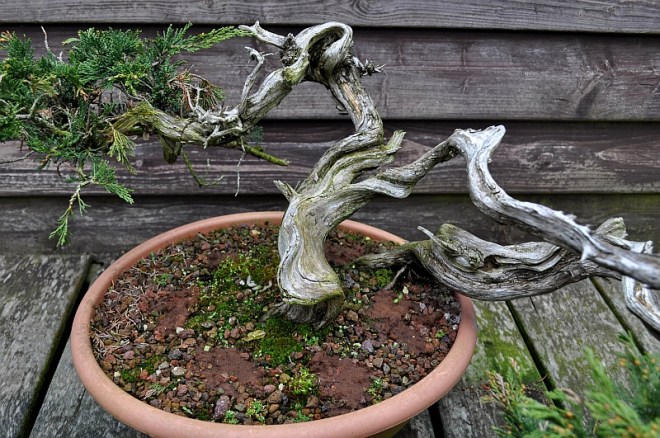

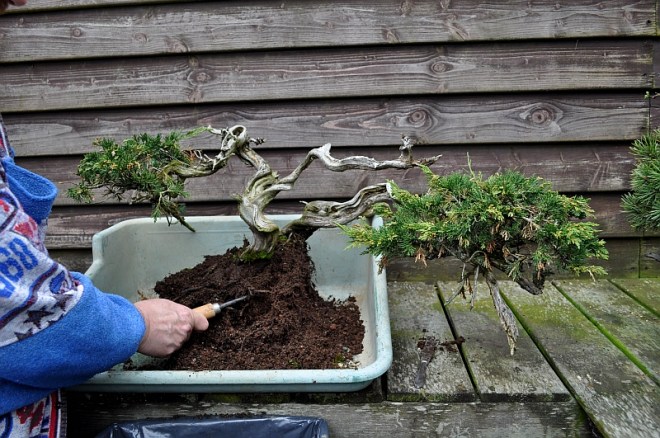
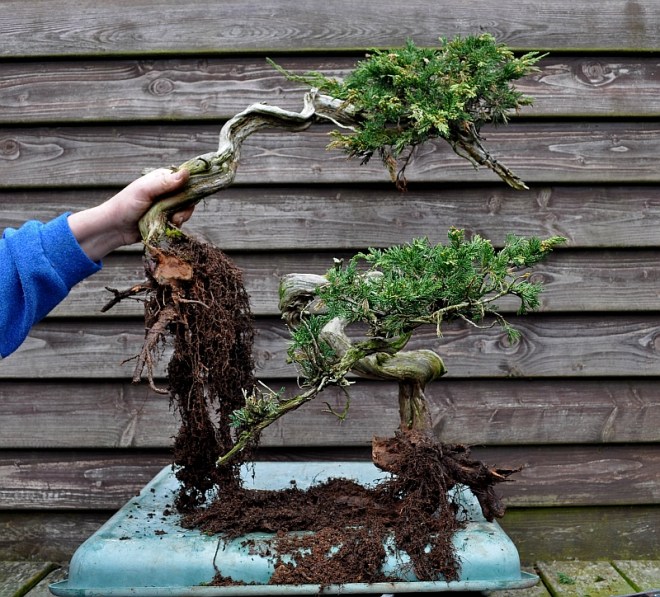

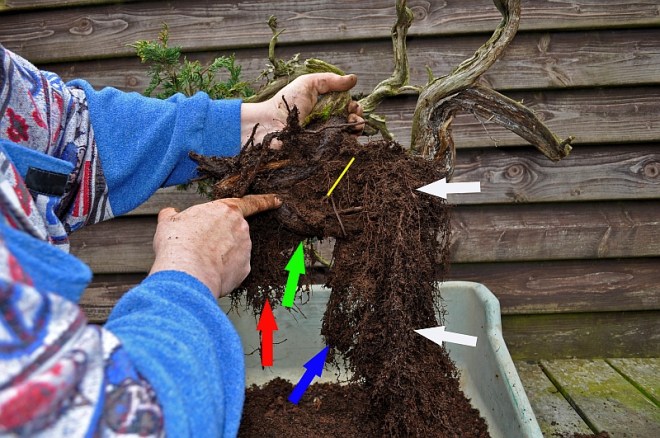

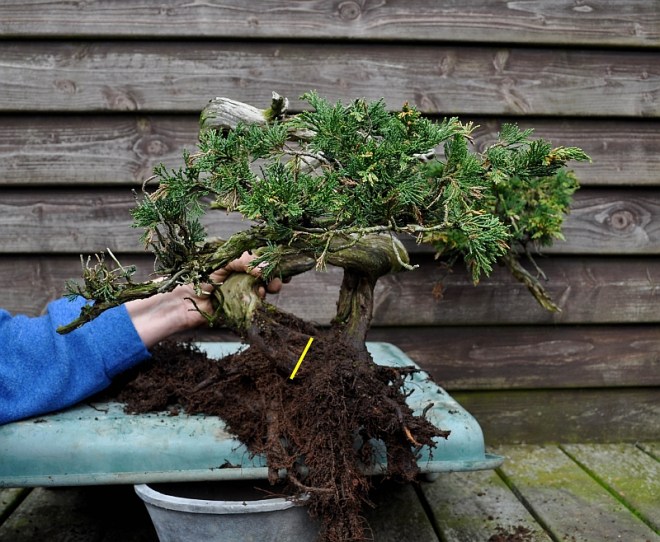




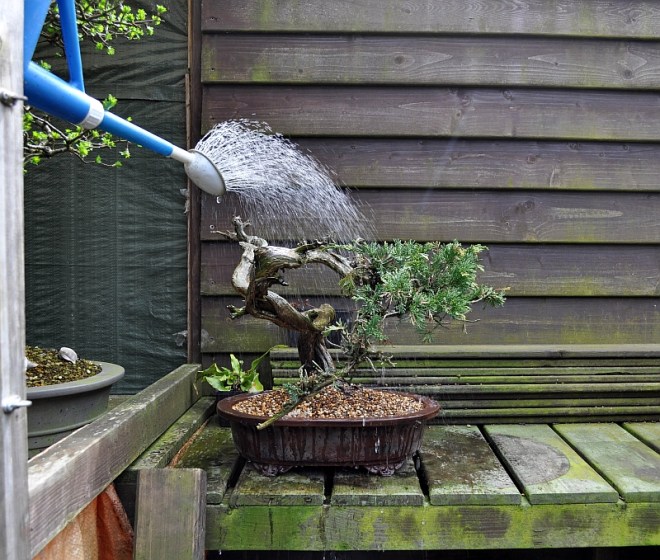
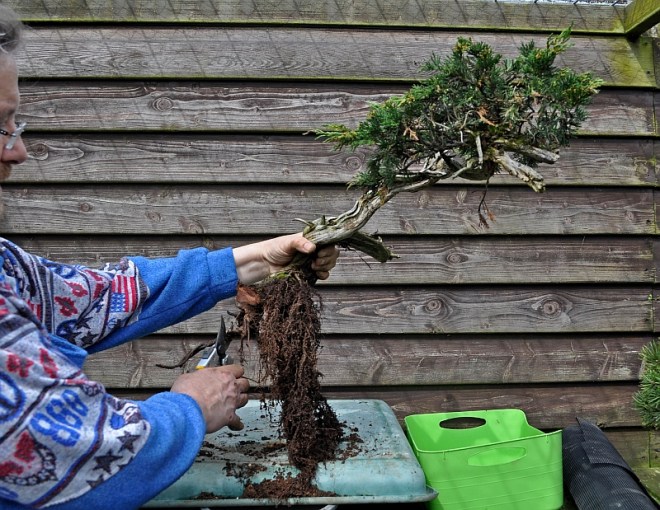

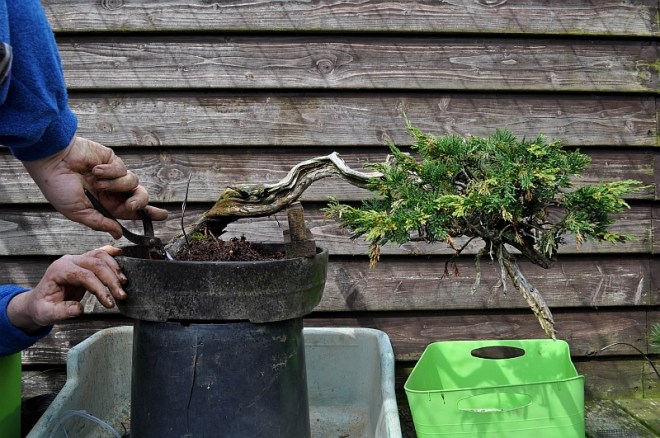
 Below: then watering it like before. In the next couple of weeks, the trees will be kept in a warm spot with filtered sunlight and their foliage will be misted a couple of times a day to help them safely through this period
Below: then watering it like before. In the next couple of weeks, the trees will be kept in a warm spot with filtered sunlight and their foliage will be misted a couple of times a day to help them safely through this period